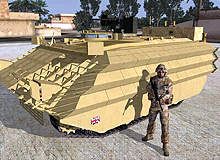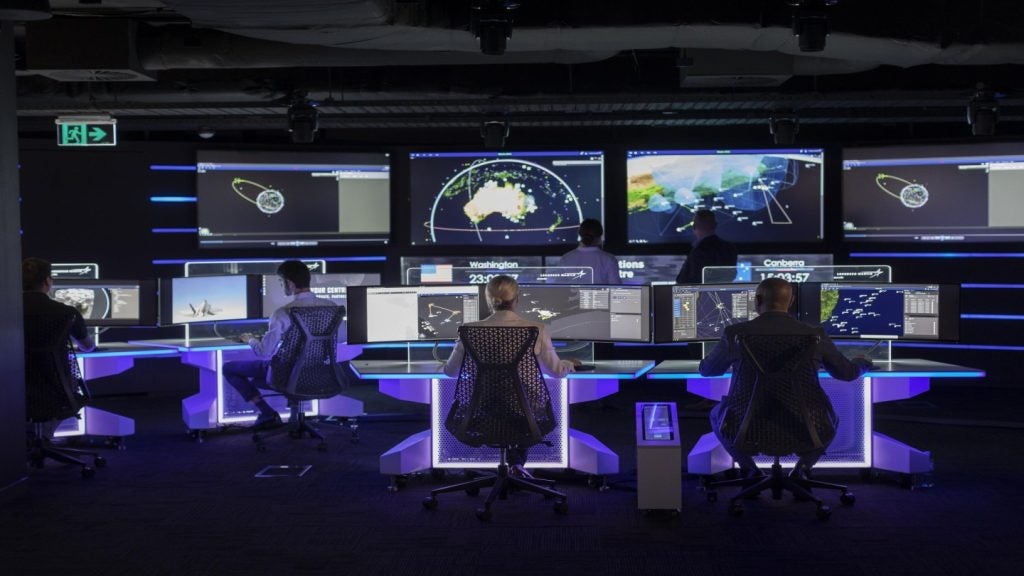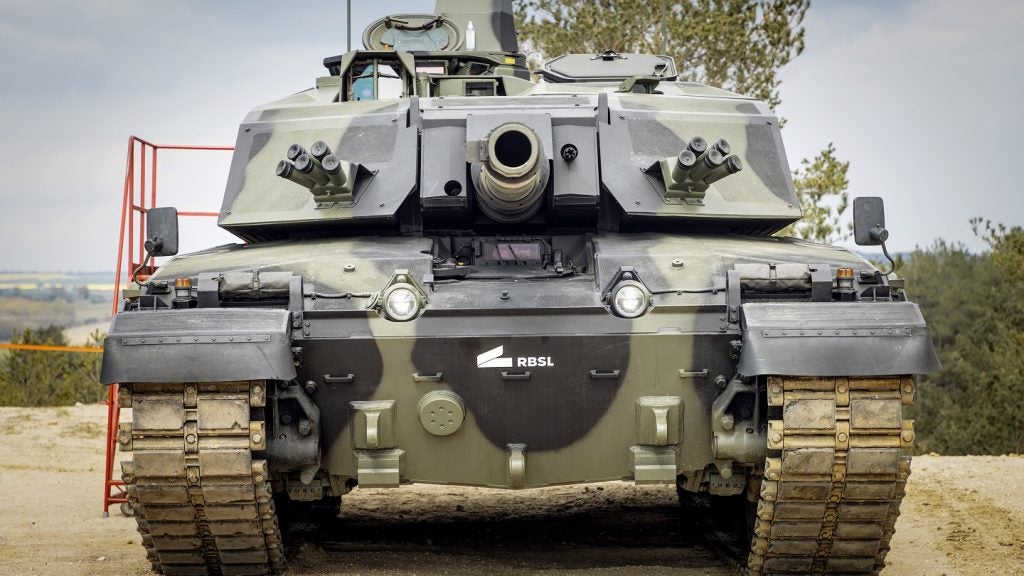
In the UK, predeployment training for Afghanistan includes using PC-based battle simulation software. In the last three years more than 6,000 UK service personnel experienced Op JCOVE (operational joint combat operations virtual environment), using a "serious game" application called "Virtual Battlespace". This developed as a spin-off from commercial gaming applications, and gives users control over their virtual environment using hand and foot controls, and the ability to interact using VoIP-enabled headsets.
According to Major Charles Burbridge of the Queen’s Royal Lancers, Op JCOVE gives soldiers preparing for deployment in Afghanistan skills to use in real-life combat situations. "We use Op JCOVE to practise combat scenarios. We repeat the training over and over again until the procedures become instinctive. We take it very seriously and, while it will never replace live training, it has helped prepare soldiers for conflict situations."
War games?
The training has obvious cost benefits when compared with operational demands on the ground. It can also be tailored to evolving conflict situations. It could be seen as a natural extension of the skills that many gamers develop playing combat titles such as Call of Duty: Modern Warfare 2 and Battlefield: Bad Company 2 – both of which remained in the gaming charts for weeks. Of course, this junction between commercial gaming and its defence applications is an area of intense interest. Attendees at the Defence GameTech conference held in early 2010 in Orlando, US, included Will Wright, creator of The Sims, and representatives from Linden Labs, the company that created the 3D-virtual world, Second Life.
Although some virtual training can be criticised for the way in which it blurs the line between the imagined scenario and reality, the practical advantages are clear. UK-based consultancy Newman & Spurr is responsible for the managed service delivering the first major in-service training system for the UK Ministry of Defence. Graham McIntyre from Newman & Spurr emphasises its flexibility. "’Virtual Batlespace’ allows a commander to select and set up scenarios, then watch closely how the virtual combat situation develops.
See Also:
If trainees proceed in a way that is not seen to be effective, the scenario can be halted, reset and restarted where it began to go wrong. Feedback shows that this active learning environment is relevant and appreciated by today’s ‘Playstation generation’."
How well do you really know your competitors?
Access the most comprehensive Company Profiles on the market, powered by GlobalData. Save hours of research. Gain competitive edge.

Thank you!
Your download email will arrive shortly
Not ready to buy yet? Download a free sample
We are confident about the unique quality of our Company Profiles. However, we want you to make the most beneficial decision for your business, so we offer a free sample that you can download by submitting the below form
By GlobalDataThe UK is not alone in taking the virtual training route. The US Army also uses software to help troops prepare for deployment in Afghanistan. Its virtual mine-resistant ambush-protected vehicle (MRAP) training helps prepare soldiers for situations that are difficult and dangerous to simulate on the ground, like ambush scenarios, or those that happen infrequently, such as how to get out of a vehicle that has rolled. Australia and Canada are also investigating using virtual training in mission planning, integrating knowledge gathered on the ground to help prepare troops for real situations.
Overcoming cost
For training officers with an eye on their budgets, one key issue is the platform for software delivery. Roger Smith, chief technology officer in the Executive Office for Simulation, Training and Instrumentation at the US Army, is on the record as having approached Microsoft about using the Xbox 360, based on its relatively low cost and training potential. In this case Microsoft was reported to have rejected the idea, mainly due to the construction of its pricing model, and its reluctance for its consoles to be closely associated with weapons training.
At the time, Microsoft’s pricing model allowed consoles to be sold at low margin or below production cost, based on the potential for higher future profitability through sales of games. The appeal for the buyer lies in the amount of processing power available at relatively low cost. For a home user, it’s this processing power that enables a more realistic and engrossing gaming experience. The reality, though, is that frequent games sales are unlikely in a controlled training environment.
All three major console developers – Microsoft, Nintendo and Sony – have been working to broaden their appeal outside the "classic gamer" market, initially dominated by young men, rather than a broader demographic. This desire to "grow the market" underpinned Microsoft’s objection to any direct association with military training. In the past, the US Army dealt with the problem by using professional games developers.
Sony is also said to be grappling with the complexities of dealing with buyers from within the defence industry. Current blogs like the DEW Line (distant early warning for the global defence industry) suggest that the US Air Force Research Laboratory in Rome, New York, attempted to use the (relatively cheap) processing power of 1,700 Playstation 3s to analyse data from synthetic aperture radar and high definition video, based on a Linux operating system. Information Week puts the number as high as 2,200.
According to press reports, documents from the US Air Force Laboratory show that the cost of a gigaflop of processing power delivered using Playstation chip technology (cell broadband engine architecture) is around ten times cheaper than traditional equivalents.
With this in mind, it’s interesting to note that Sony’s latest PS3 update prevents the device from supporting other operating systems. The implication seems to be that Sony is not enthusiastic about its technology being harnessed in this way. One side effect, though, is that conventional users are forced to upgrade or face losing capability in future.
What is clear is that as Western governments take a close look at their defence budgets, cost effectiveness is going to remain an important priority. As the cost of processing power falls, and technological developments make more realistic simulation possible, we can only expect "virtuality" to make further inroads into the military training environment.







